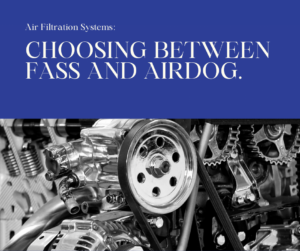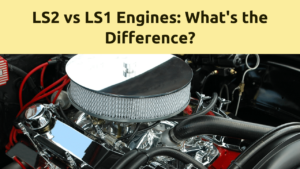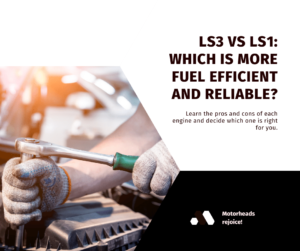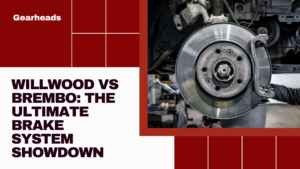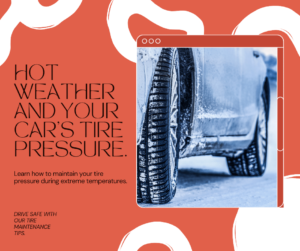Contents
Introduction
Welcome to a comprehensive guide on maintaining and restoring Panhead and Shovelhead engines. These iconic engines have a special place in motorcycle history, and whether you’re a seasoned mechanic or a passionate rider, this article will provide valuable insights to help you keep your engines in top-notch condition.
Panhead & Shovelhead Engine Maintenance & Restoration Tips: A Timeless Ride Awaits
| Task | Panhead | Shovelhead |
|---|---|---|
| Preventive Maintenance: | ● Change oil & filter regularly (frequency depends on use) | ● Same as Panhead |
| ● Check & adjust tappet clearance every 2,000-3,000 miles | ● Same as Panhead | |
| ● Lubricate chains/belts regularly | ● Chain until 1970, then belt as per manufacturer’s recommendations | |
| ● Inspect brakes and tires for wear and tear | ● Same as Panhead | |
| Tune-Up & Adjustments: | ● Clean and gap spark plugs | ● Same as Panhead |
| ● Check and adjust ignition timing | ● Same as Panhead | |
| ● Balance carburetors | ● Same as Panhead | |
| ● Inspect and replace worn gaskets and seals | ● Same as Panhead | |
| Restoration Tips: | ● Reassemble the engine with proper torque specifications | ● Same as Panhead |
| ● Inspect internals for wear and tear, replace/rebuild as needed | ● Same as Panhead | |
| ● Consider professional help for complex repairs or machining work | ● Same as Panhead | |
| ● Use high-quality restoration parts designed for specific model year | ● Same as Panhead | |
| ● Reassemble engine with proper torque specifications | ● Same as Panhead | |
| ● Test and adjust for optimal performance | ● Same as Panhead | |
| Safety First: | ● Always wear safety glasses and gloves during maintenance | ● Same as Panhead |
| ● Use proper tools and techniques to avoid damage | ● Same as Panhead | |
| ● Consult qualified mechanics for complex repairs or if unsure | ● Same as Panhead |
Additional Tips:
- Join online forums and communities for Panhead/Shovelhead enthusiasts – invaluable knowledge and advice await!
- Invest in a factory service manual for your specific model year – your engine’s bible!
- Take your time and enjoy the process – restoring a classic Harley is a rewarding journey!
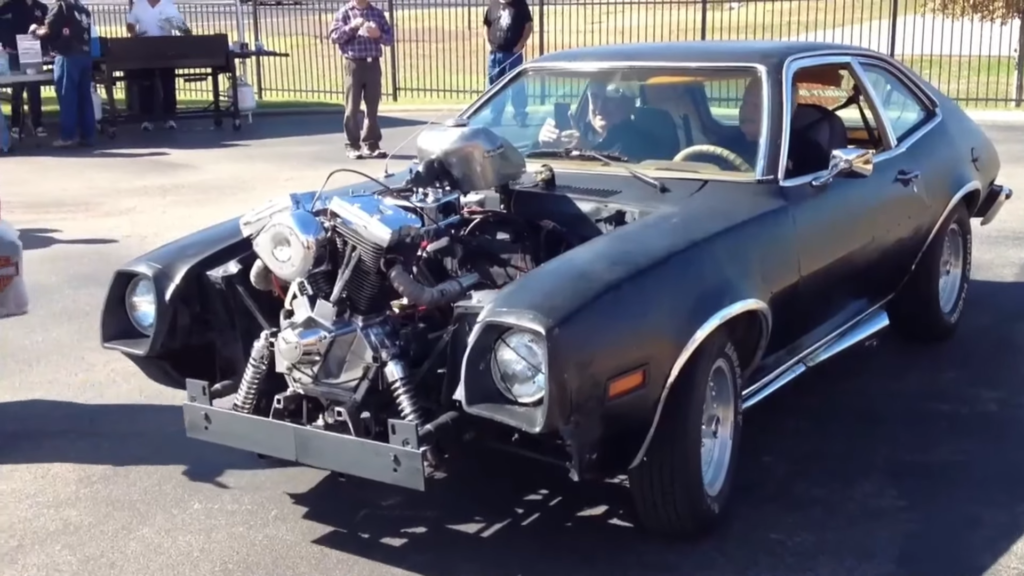
Maintaining and Restoring Panhead and Shovelhead Engines – Tips and Tricks
Panhead and Shovelhead engines have a unique charm and a loyal following among motorcycle enthusiasts. To ensure their longevity and performance, it’s essential to follow proper maintenance and restoration techniques. In this article, we’ll cover various aspects of caring for these legendary engines, from routine maintenance to full-scale restoration projects.
The Importance of Regular Maintenance
Regular maintenance is the key to the longevity and optimal performance of your Panhead and Shovelhead engines. Neglecting maintenance can lead to costly repairs and decreased reliability. Here’s a breakdown of essential maintenance tasks:
Checking Fluid Levels
- Regularly inspect oil and transmission fluid levels.
- Ensure the proper viscosity and type of oil are used.
- Replace fluids according to manufacturer recommendations.
Spark Plug Inspection
- Check spark plugs for signs of fouling or wear.
- Replace spark plugs if necessary for efficient combustion.
Valve Adjustment
- Regularly adjust valve clearances to maintain proper engine performance.
Timing and Ignition
- Ensure the ignition timing is accurate for smooth operation.
- Inspect the timing chain for wear and replace as needed.
Cleaning and Lubrication
- Keep the engine and components clean from dirt and debris.
- Lubricate moving parts, including the primary chain, with high-quality oil.
Cooling System
- Maintain the cooling system to prevent overheating.
- Check hoses, radiator, and coolant levels regularly.
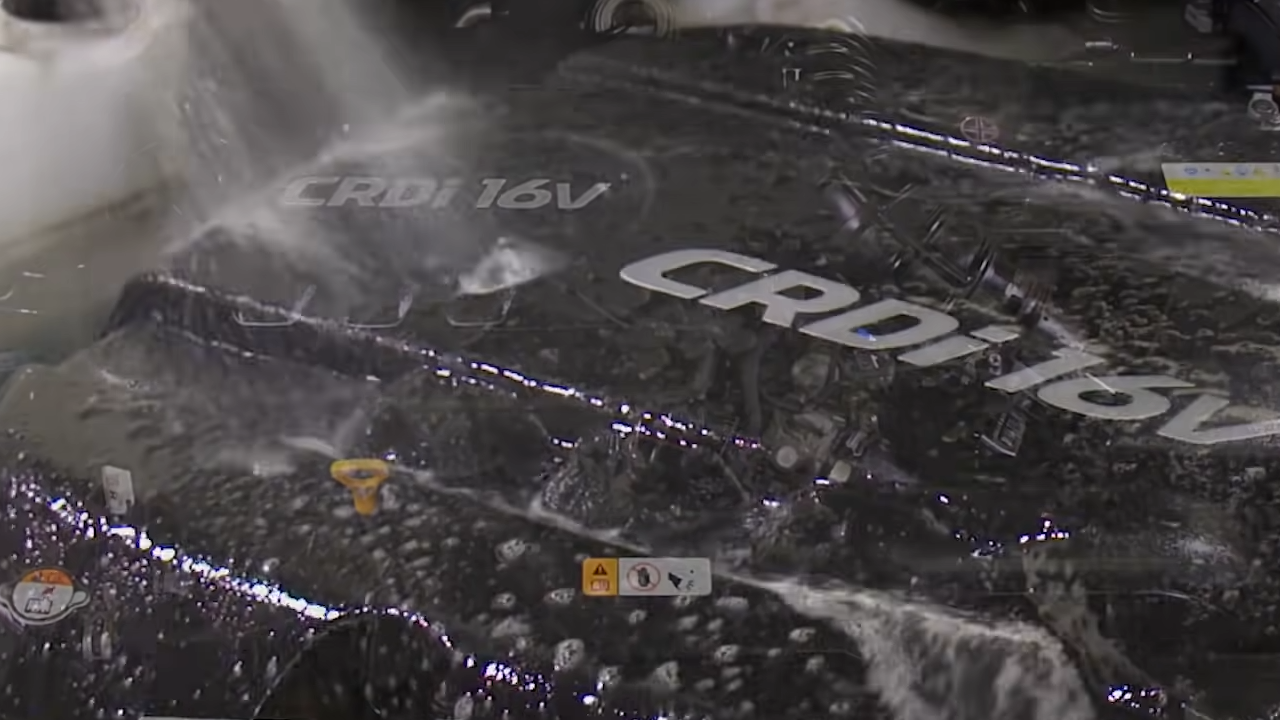
Restoring Panhead and Shovelhead Engines
Restoring these classic engines can be a rewarding endeavor. Whether you’re bringing an old bike back to life or enhancing the performance of your current one, here are some restoration tips:
Engine Disassembly
- Carefully disassemble the engine, documenting each step.
- Bag and label components to avoid confusion during reassembly.
Inspection and Parts Replacement
- Thoroughly inspect engine parts for wear, cracks, or damage.
- Replace worn-out or damaged components with high-quality replacements.
Machine Work
- Consider professional machine work for critical components like cylinders and heads.
- Ensure proper machining tolerances for optimal performance.
Reassembly and Tuning
- Follow a detailed assembly guide during reassembly.
- Pay attention to torque specifications for bolts and nuts.
- Perform tuning and adjustments for optimal performance.
Paint and Finish
- Choose authentic colors and finishes for a period-correct appearance.
- Apply high-quality paint and finish to the engine and frame.
FAQs
Q: How often should I change the engine oil?
A: It’s recommended to change the engine oil every 3,000 miles or at least once a year, depending on your riding habits.
Q: Can I use synthetic oil in my Panhead or Shovelhead engine?
A: Yes, you can use synthetic oil, but make sure it’s compatible with the engine and meets the manufacturer’s specifications.
Q: What’s the ideal spark plug gap for these engines?
A: The ideal spark plug gap is typically around 0.035 inches, but refer to your bike’s manual for specific recommendations.
Q: Is it necessary to adjust the valves regularly?
A: Yes, valve adjustments are crucial for maintaining proper engine performance. Check and adjust them as needed.
Q: Can I restore my Panhead or Shovelhead engine without professional help?
A: While it’s possible to do it yourself, complex restoration projects may benefit from professional assistance for the best results.
Q: Where can I find authentic replacement parts for my vintage engine?
A: You can source authentic replacement parts from reputable motorcycle parts suppliers or specialized vintage bike shops.
Conclusion
Maintaining and restoring Panhead and Shovelhead engines requires dedication and attention to detail. By following these tips and tricks, you’ll not only keep your engines running smoothly but also preserve the rich heritage of these iconic motorcycle powerhouses. Whether you’re a seasoned mechanic or a passionate rider, taking good care of these engines ensures they’ll continue to roar down the open road for years to come.
============================================
Affiliate Disclosure: As an Amazon Associate, I earn from qualifying purchases made through links on this site.


